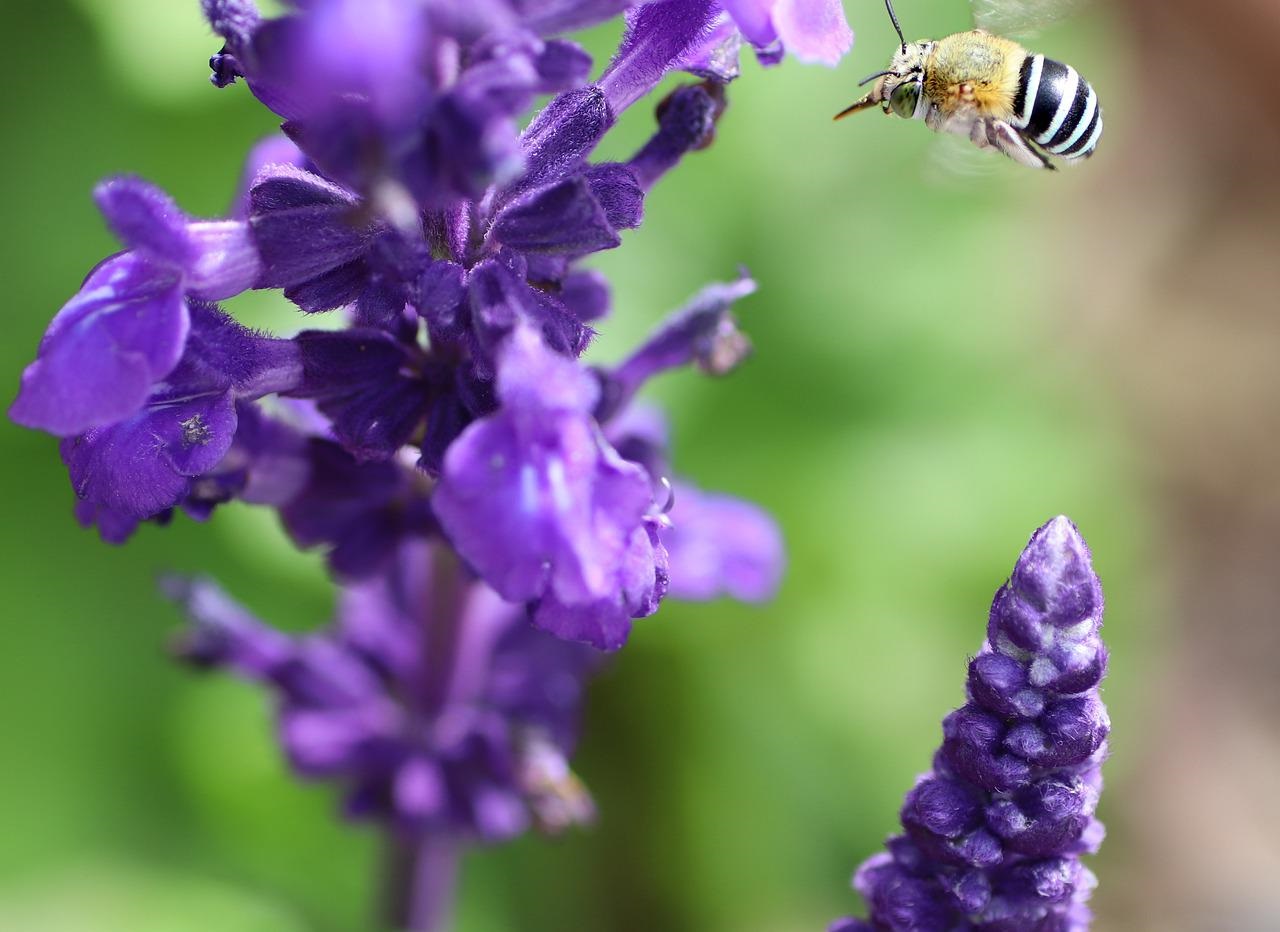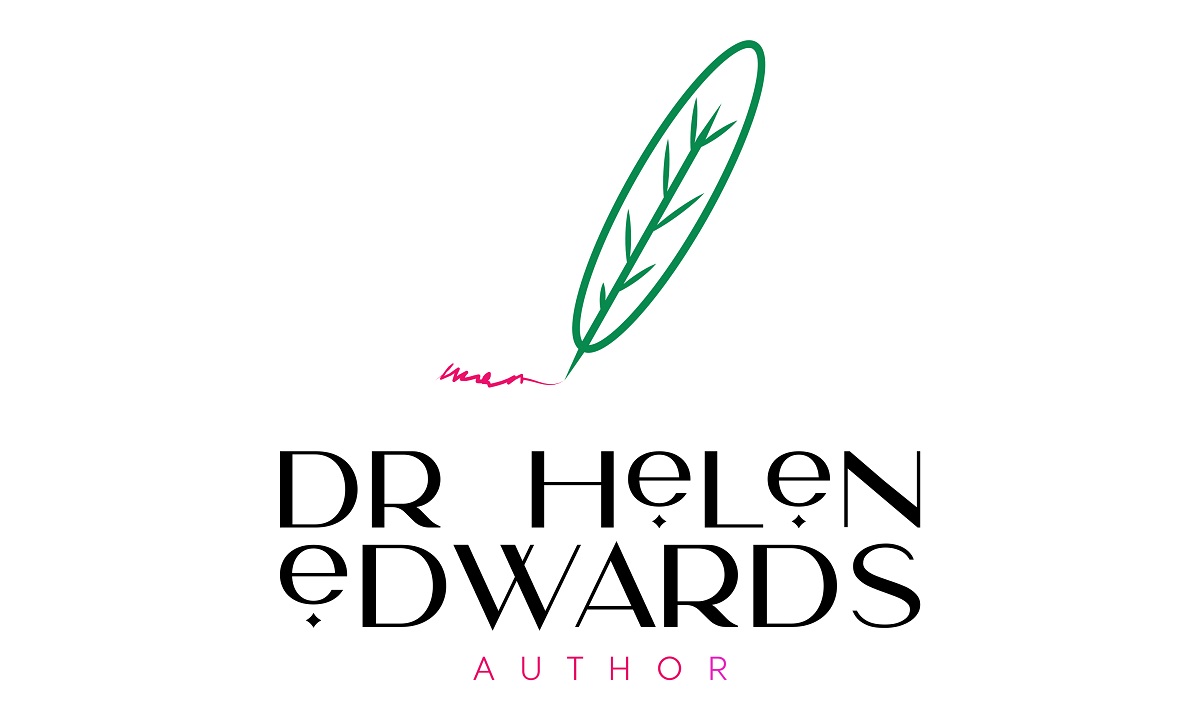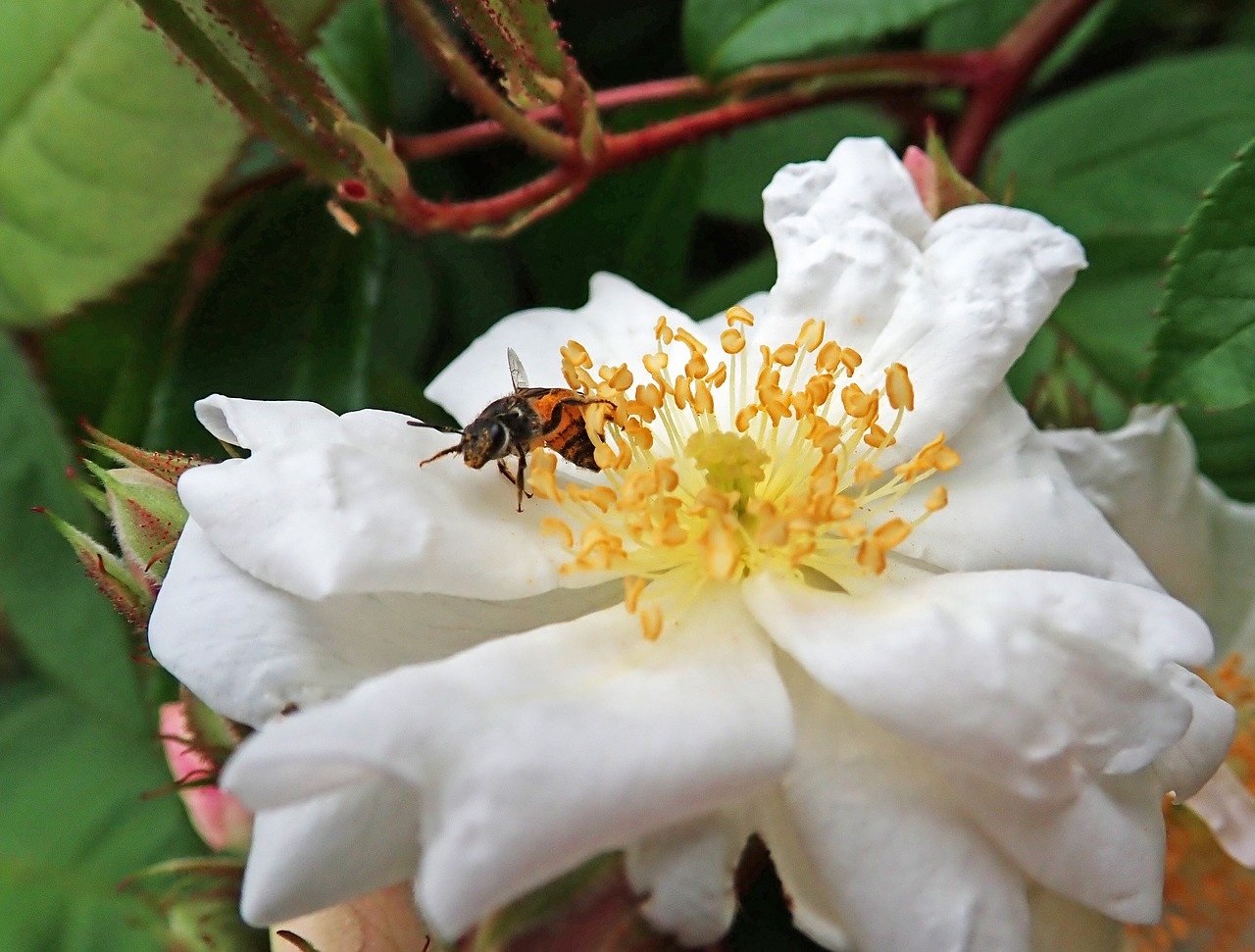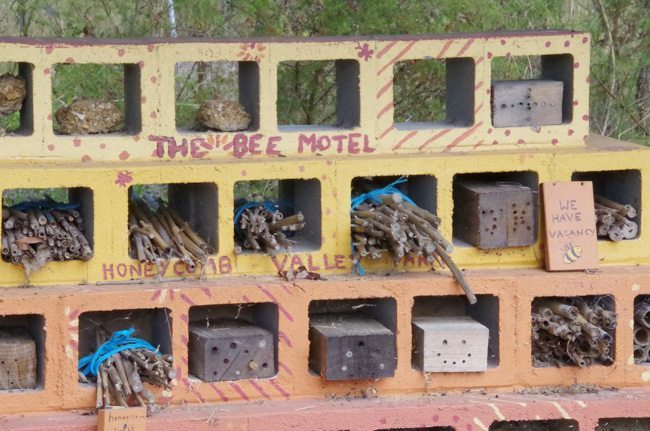How to Make a Native Bee Hotel

We all know bees are vital to our survival, but did you know that there are over 1,600 species of Australian native bees, and estimates that there are at least another 350 undiscovered species?
The biggest threats to native bees are land clearing, habitat fragmentation, fire management and pesticides. The commercial honey bees we tend to think of are not native to Australia. They were introduced from Europe in about 1822. Australian native bees come in a kaleidoscope of colours and sizes – ranging from black, yellow, red, metallic green and even black with blue polka dots!
At less than 2mm long, Australia’s smallest native bee is Cape York’s minute Quasihesma bee, and the largest native bee is the Great Carpenter Bee of the tropical north and northern NSW – at up to 24 mm long. Unlike the introduced bee, many of our local bees prefer to live alone and raise their babies in burrows under the ground, or in tiny hollows in timber.
We also have 11 species of social native bees which do not sting. The stingless bee honey is supposed to be a delicious bush food and stingless bees can be good crop pollinators. Stingless beekeeping is becoming increasingly popular in the right zones – they do not live in all areas of Australia. Native bees are also important pollinators of Australia’s unique wildflowers and are a vital part of our Australian bushland. See more here
As the introduced honey bees have been able to create their colonies away from beekeepers’ hives, they are now feral in Australia, often building hives in tree hollows. While they are important crop pollinators for us, they also push out native animals, such as birds and mammals for their nesting hollows, and occasionally also for pollen and nectar.
You will not be able to pick a native bee by a particular look, as there is a large variation in shape, size, coloration, nesting habits, behaviour and flower preferences. Native bees are also very different to honey bees in their behaviour. The European honey bee is a very social creature and the entire hive is dedicated to the queen bee. Most of our native bees like to live alone and choose a range of places to nest.

Once she is inside her nest, the female native bee creates what is called a brood cell. She gathers enough pollen to make a pollen ball, pops her egg on it, and closes the brood cell. She can make a few of these in one nesting tunnel. It takes a few days for the bee larva to emerge from the egg, where the perfect meal has been provided for it with the pollen ball. Once it has eaten all of the pollen, it shifts to the next phase and becomes a pupa. At this stage the mama bee has usually died. The new adult bee then hibernates in the brood cell until it is time to make its way into the world, during the warmer months. These bees then find a mate and the whole cycle starts over again.
How to encourage native bees to your yard
As it can be hard for the bees to find a suitable nest, or materials to build one, you can encourage native bees to live in your garden if you provide the right accommodation. This is often called a bee hotel. It is easy to make one – you can simply drill holes in a piece of timber, or place tubes in the garden for them to nest in. This could be bamboo sticks, cut into short lengths just behind the nodes, so that there is only a hole at one end. Or a bundle of paper straws in a tube can be used. The straws can be bundled in a piece of drainpipe or in an empty drinking bottle.
Place them insulated from the weather and not directly on the ground, and face them North-East for protection and warmth in winter. Ground dwelling bees just need enough area to build their nest, preferably in a North-East direction with shade during summer. This helps to keep the nests warm in winter and cooler in summer.
As a general rule choose a spot with full sun during early spring, but one that is also shaded in the afternoons during summer. It can take a few months or more for them to move in, so be patient. Be careful if you have bee allergies and watch for wasps, as they like the same positions as hollow bees, and may move in.
The ground area around a bee’s nest needs to stay clear and firm to keep the right nest temperature, and stop nest collapse. Firm, bare areas of undisturbed ground in the garden encourage ground dwelling bees to build their homes at your place. Bare areas along fence lines are great when combined with some plants which flower over a few months.
(Information provided with thanks to Remko Leijs, SA Museum )
Find out more here and here
Are you up for creating a bee hotel? I am definitely doing it! More in my book about sustainable living and design here.
Helen
(image of bee hotel provided by Megan Goodsell )


